- The Duolong copper deposit is located in Wuma Township, Gaize County, Ngari Prefecture, Tibet, with huge copper resources reserves
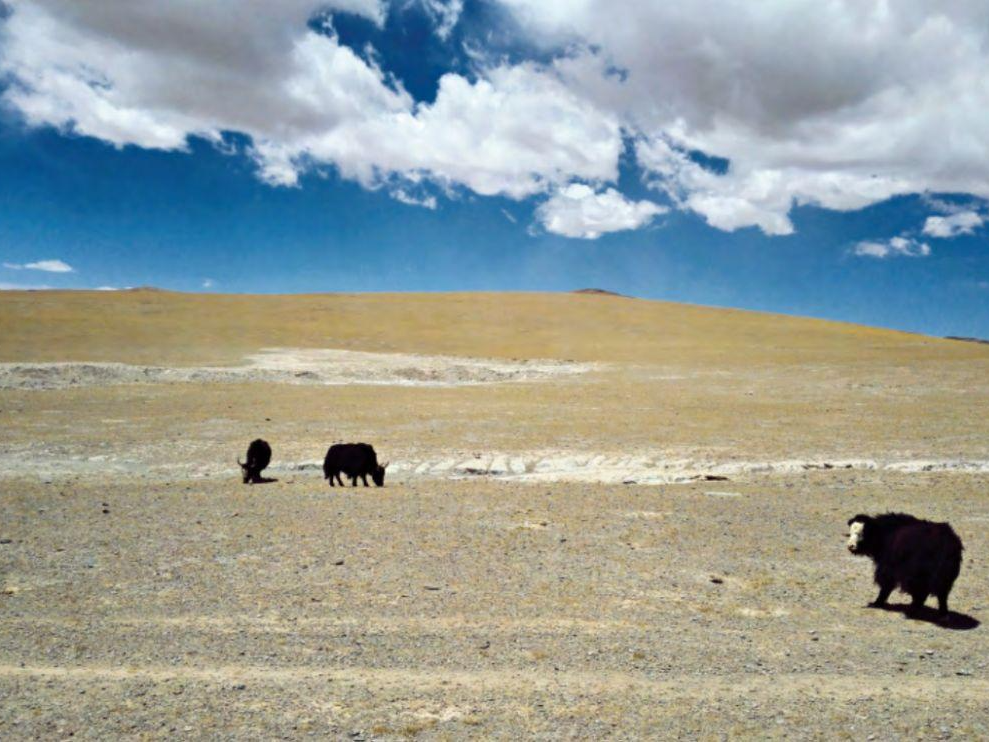
According to statistics, the global reserves of copper mineral resources are about 70 million tons (metal tons), mainly distributed in Chile, Peru, Australia, Mexico and other countries. China’s copper reserves are pitiful, but China’s copper consumption ranks first in the world!
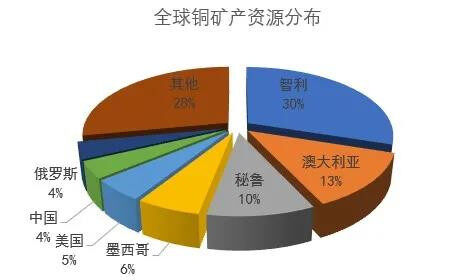
Large-scale and ultra-large-scale copper mines in the world only account for 7.15% of the total number of copper mines, but reserves account for 70.32%. There are few large-scale copper mines in China. The largest copper mine is the Duobaoshan copper deposit in Heilongjiang Province. However, the copper reserves of this mine are only 17.28 million tons, ranking 33rd in the world, and the largest copper mine in the world is 11.26 million tons. Quite big!
And the world's super copper mine discovered in the 13th Five-Year Plan-the Duolong Mine Concentration Area, greatly increased China's copper reserves! Brought great confidence to China's copper industry!
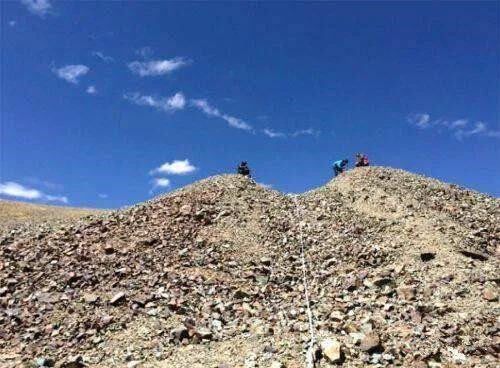
Explore the Duolong Copper Deposit
The Duolong copper deposit is located in Wuma Township, Gaize County, Ngari Prefecture, Tibet, about 110 kilometers northwest of Gaize County. Located on the plateau of northern Tibet, the terrain is dominated by mountains and valleys, with an altitude of about 5,000 meters, with harsh natural conditions and fragile ecological environment. The surface is barren but the landscape is unique. The annual average temperature in the Duolong mining area is low. Even in June, snow and ice are still faintly visible. You must wear cold-proof clothing when working in the Duolong mining area.
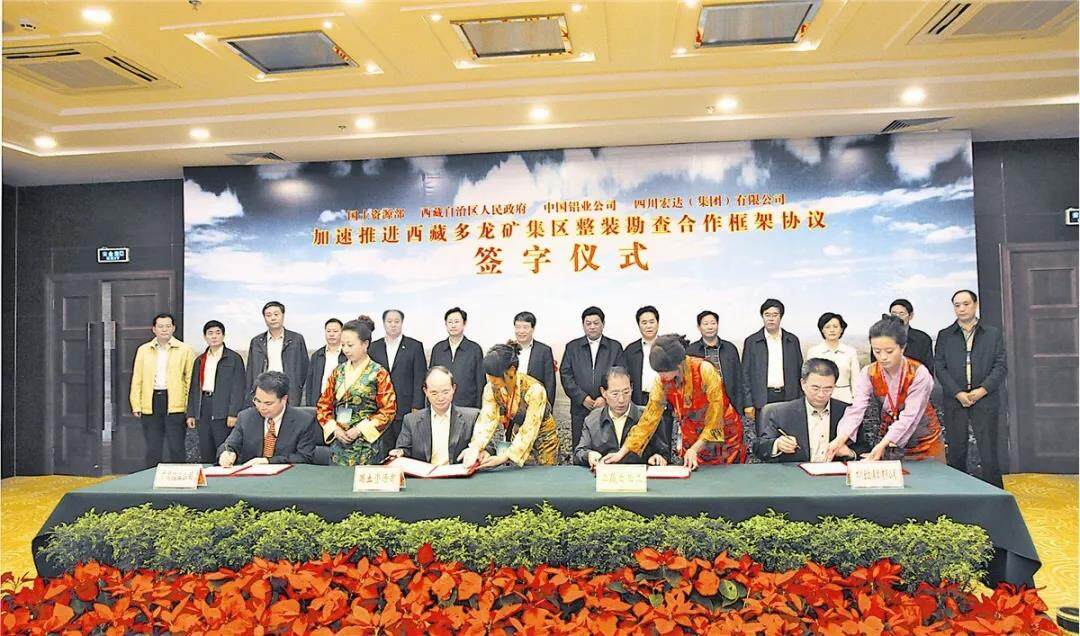
Before Chinalco invested in commercial exploration, the fifth team of the Tibet Geology entered the area to carry out geological prospecting work. Although two large copper deposits, Dubuza and Bolong, and many other good prospecting clues were discovered, the mechanism and investment are accepted Constraints, the prospecting work is extremely unsatisfactory, and there has been a lack of greater prospecting breakthroughs.
On August 26, 2012, the Ministry of Land and Resources, the Tibet Autonomous Region, Chinalco, and Sichuan Hongda signed the "Cooperation Framework Agreement on Accelerating the Promotion of the Integrated Exploration of the Duolong Mine Concentration Area in Tibet" in Lhasa, Tibet, forming a breakthrough strategy for prospecting The new model of cooperation in commercial prospecting by the previous ministries, provinces (regions), and enterprises in action.
In September 2012, Chinalco Mineral Resources Corporation signed a cooperation agreement with the mineral rights owner-Tibet Geological Team Five, and immediately started commercial exploration investment. After one year of hard work, Chinalco Resources was among the first batches in Tibet's Duolong self-contained exploration area. The Rongna and Naruo mining areas in the target area carried out large-scale geological surveys and detailed investigations of copper and gold mines, and invested more than 70 million yuan in exploration funds; closely cooperated with the fifth geological team of the Tibet Geological Exploration Bureau to organize geological technology and engineering construction personnel to meet With 400 personnel and more than 20 drilling rigs, a major breakthrough in prospecting was achieved in only one year.
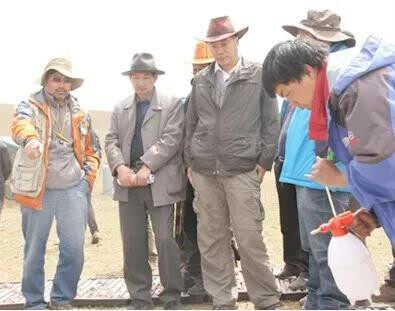
Peng Qiming, former director of the Department of Geological Survey of the Ministry of Land and Resources (third from left in the front row) listened carefully to the introduction of the drilling and results of the Jinlong project team
A super-large porphyry copper-gold deposit was discovered in the Rongna mining area (Rongna section). Through detailed investigations, the resources of 4.8 million tons of copper, 66 tons of associated gold, and 988 tons of associated silver were obtained at the level of 333. The maximum control thickness is greater than 900 meters. The average grade is 0.55%; the Naruo mining area has obtained 2.37 million tons of copper, 85 tons of associated gold, and 792 tons of associated silver above the 333 level. In December 2013, this result was rated as the “Top Ten Progresses in Geological Survey of China” in 2013.
On December 29, 2013, an exchange meeting on the survey results of the complete assembly of the Duolong mining cluster in Tibet was held in Beijing. At the meeting, experts such as Chen Yuchuan, academician of the Chinese Academy of Sciences, and Duoji, academician of the Chinese Academy of Engineering, praised the “unexpected” prospecting results of Chinalco Tibet Jinlong Company. They were very exciting. They believed that the Rongna mining area and the Duolong self-contained exploration area were still huge Prospecting potential. At the same time, the participating experts and representatives reached a consensus-"The embryonic form of a world-class copper-gold mine base has appeared here."
By the end of 2014, a total of 220 million yuan was invested in prospecting and exploration funds. It took only 28 months to complete the preliminary survey, general survey and 80% detailed survey of the Rongna and Naruo mining areas in the Tieglongnan mining area. Before the cooperation between the mining areas, the copper metal content of only 1.2 million tons of 333+334 quickly exceeded 10 million tons, achieving a larger copper prospecting breakthrough in the history of prospecting and exploration in China.
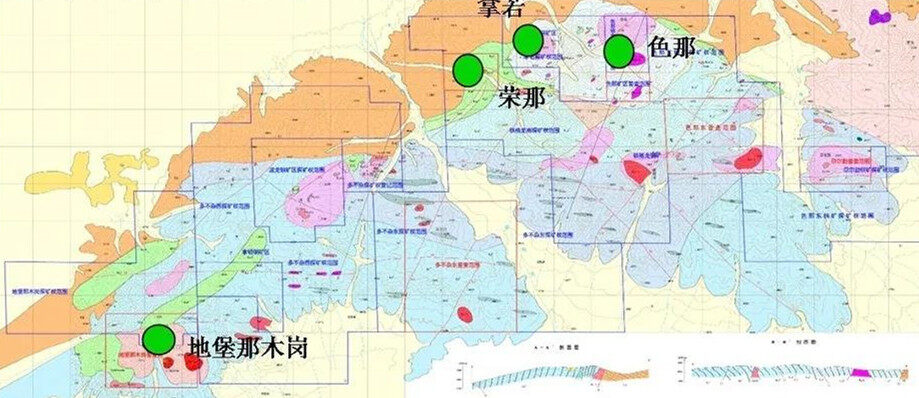
Big Mac Revealed
On November 16, 2016, the former Ministry of Land and Resources and other four ministries jointly held a press conference and announced that: "Tibet's Duolong mining area has discovered 11 million tons of copper resources, becoming China's top 10 million-ton copper mine. bed."
"In fact, the amount of copper we discovered in the Duolong mining area has reached 13.492 million tons. Rongna is also my country's first single ore body with more than 10 million tons of copper." said Wang Dongsheng, general manager of Chinalco Mineral Resources Corporation. "While submitting important copper mines, we also submitted 119 tons of associated gold and 3482 tons of associated silver."
"20 million tons can be called an important super copper mine." Wang Dongsheng said. After searching, there are only 24 important super copper mines with global copper reserves exceeding 20 million tons, whether calculated by ore field or by ore concentration area. "Although the Duolong Mine Concentration Area has only carried out exploration work on four of the prospecting rights, the amount of copper detected has exceeded 20 million tons, becoming the 25th place in the important super copper deposit area (mine) club. Members. In the future, as long as we continue to increase the exploration of the deep edge of the ore body and other prospecting rights areas, the ranking of the Duolong mining area in the important super copper mines will continue to rise."
In the past, when people talked about the scale of deposits, they would often say that China had no important large mines. The realization of a breakthrough in prospecting in the Duolong ore concentration area has broken people's common understanding: China not only has important large mines, but also important super large mines.
Duolong Copper Mine is known as the "Big Mac" in China's national copper mines. It has become one of China's 28 mining areas that are of great value to the national economy as clearly stated in the National Mineral Resources Plan (2016-2020).
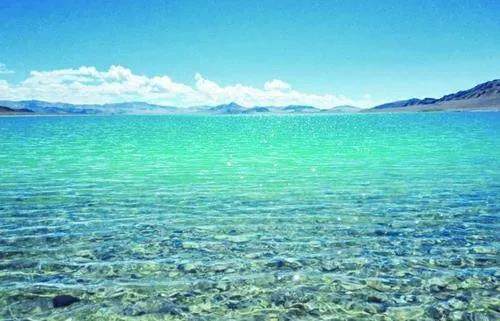
The ecological choice behind the interests
Such a super large mine naturally attracts developers eager to try. But the focus of the question is: Can the Duolong Mine be developed in accordance with relevant national regulations, which is located in a minority area with a fragile ecological environment?
The Duolong deposit is located at the edge of the experimental area outside the Qiangtang National Nature Reserve. According to national regulations, the experimental area can enter the scientific experiment and other activities, including a certain range of production activities. Therefore, from the perspective of laws and regulations of the reserve, the Duolong deposit can be developed. "This also puts how to coordinate the relationship between mineral development and ecological environment protection to the forefront."
Diversified development: open-pit mining. The ore bodies in the Duolong mining area are relatively shallow and partly exposed on the surface. The ore bodies can be excavated in the form of open-pit mining. Open-pit mining can be constructed with large-scale machinery, with fast mine construction, large output, high labor productivity, low cost and safe production.
Flotation. The copper-bearing minerals in the Duolong mining area are mainly copper sulfides such as chalcopyrite, which can be enriched by flotation. This kind of beneficiation technology is a conventional technology, it is very common and easy to implement. Copper concentrate can be obtained through the flotation process, and then transported to the inland for smelting.
Green prospecting. The 10 million tons of copper ore that has not yet been found in the Duolong mining area needs to continue to explore to expand the scale of the deposit. In the future mineral exploration process, we must implement the "green" thinking. Various construction vehicles should not press the grass field lightly. In the trenching and drilling construction, refer to the practice of Qinghai colorful mining area, first reserve the soil and turf of the site to be constructed in different places, and then transplant it back after the completion of the construction to ensure that it can be as soon as possible Grow new grass and restore the grass growing ability.
Environmental protection and development go hand in hand: Green mines refer to the whole process of mineral resource development. It is necessary to strictly implement scientific and orderly mining, but also to control the disturbance to the mining area and the surrounding environment within a controllable range.
In the process of mineral deposit development, attention should be paid to the environmental protection of the mining area and the greening of the mining area. Environmental restoration must be carried out after the mine is closed. According to relevant regulations, there will be an investment of about tens of millions of yuan in environmental restoration every year, which can refer to the practice of the Jiama deposit in Tibet.
The Duolong deposit has huge copper resource reserves, reaching a world-class scale. It is a giant in China's copper mines. It is shallowly buried and suitable for open-pit mining. The existing science and technology can fully meet the needs of deposit development and can obtain huge economic benefits; There are successful examples of environmental restoration to learn from, the technology is feasible, and the cost is acceptable. In the process of mineral deposit development, we must adhere to the concept of "green mines", pay attention to protecting the ecological environment of the mining area, and properly resettle local residents, so as to truly achieve the goal of "both gold and silver mountains and green waters and mountains". Editor/He Yuting
Comment
 Praise
Praise
 Collect
Collect
 Comment
Comment
 Search
Search


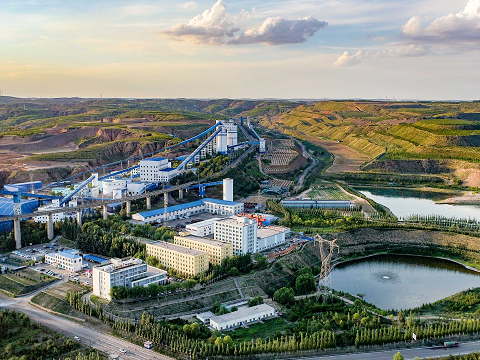
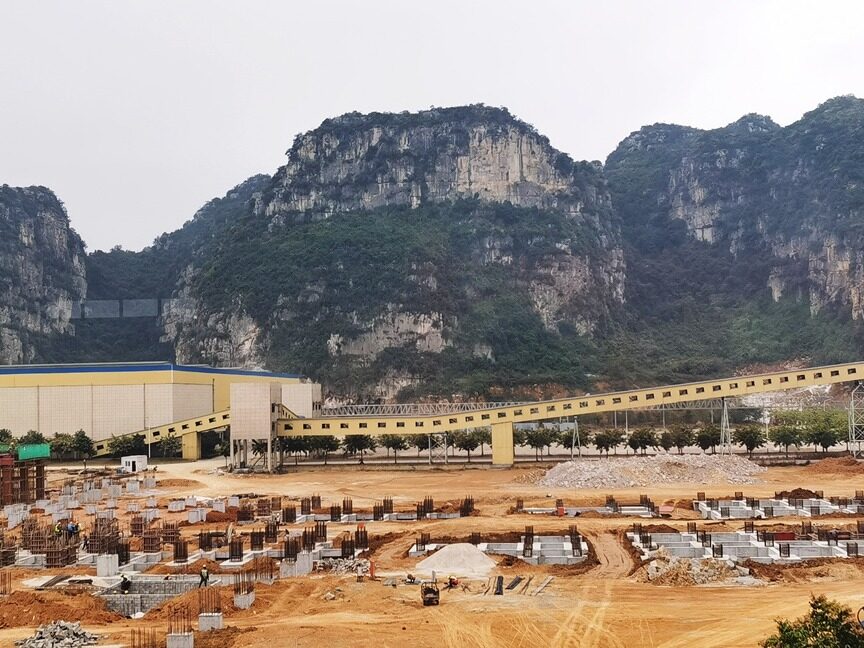
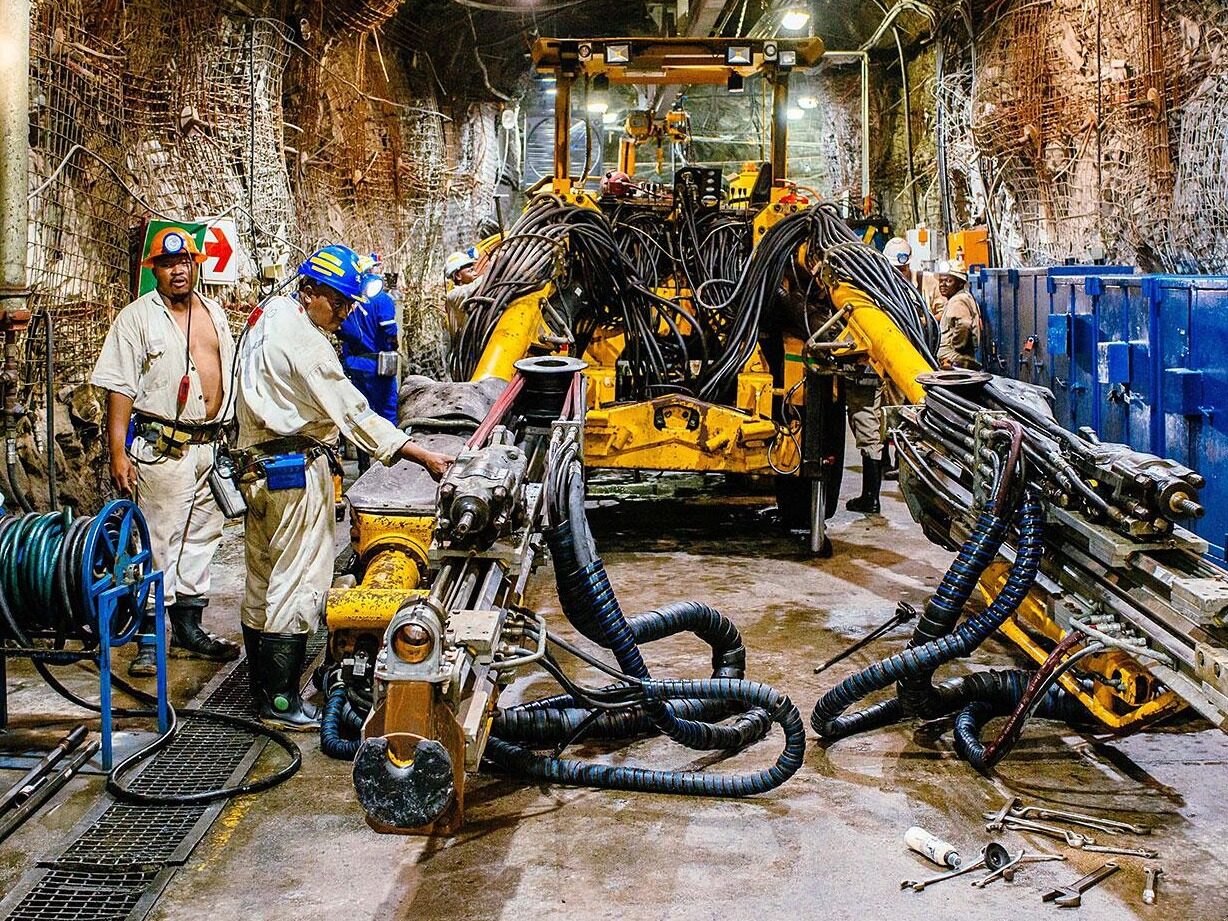
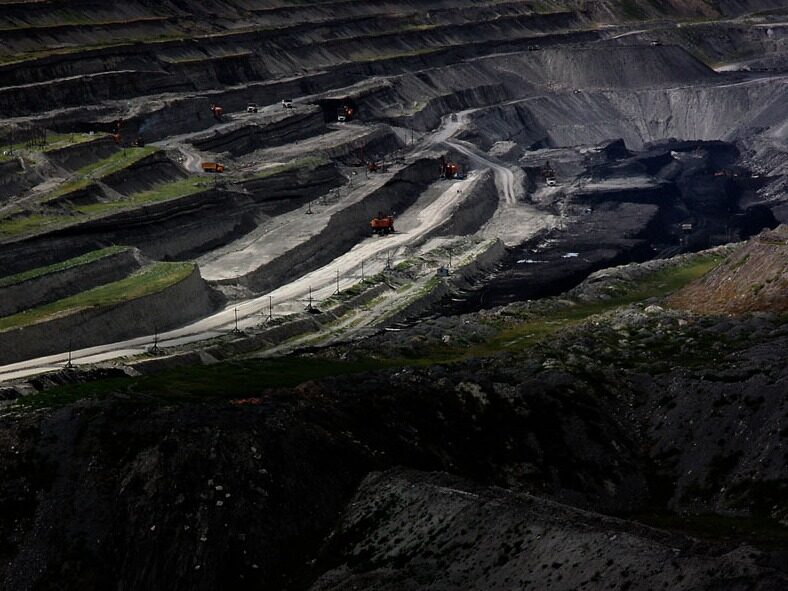
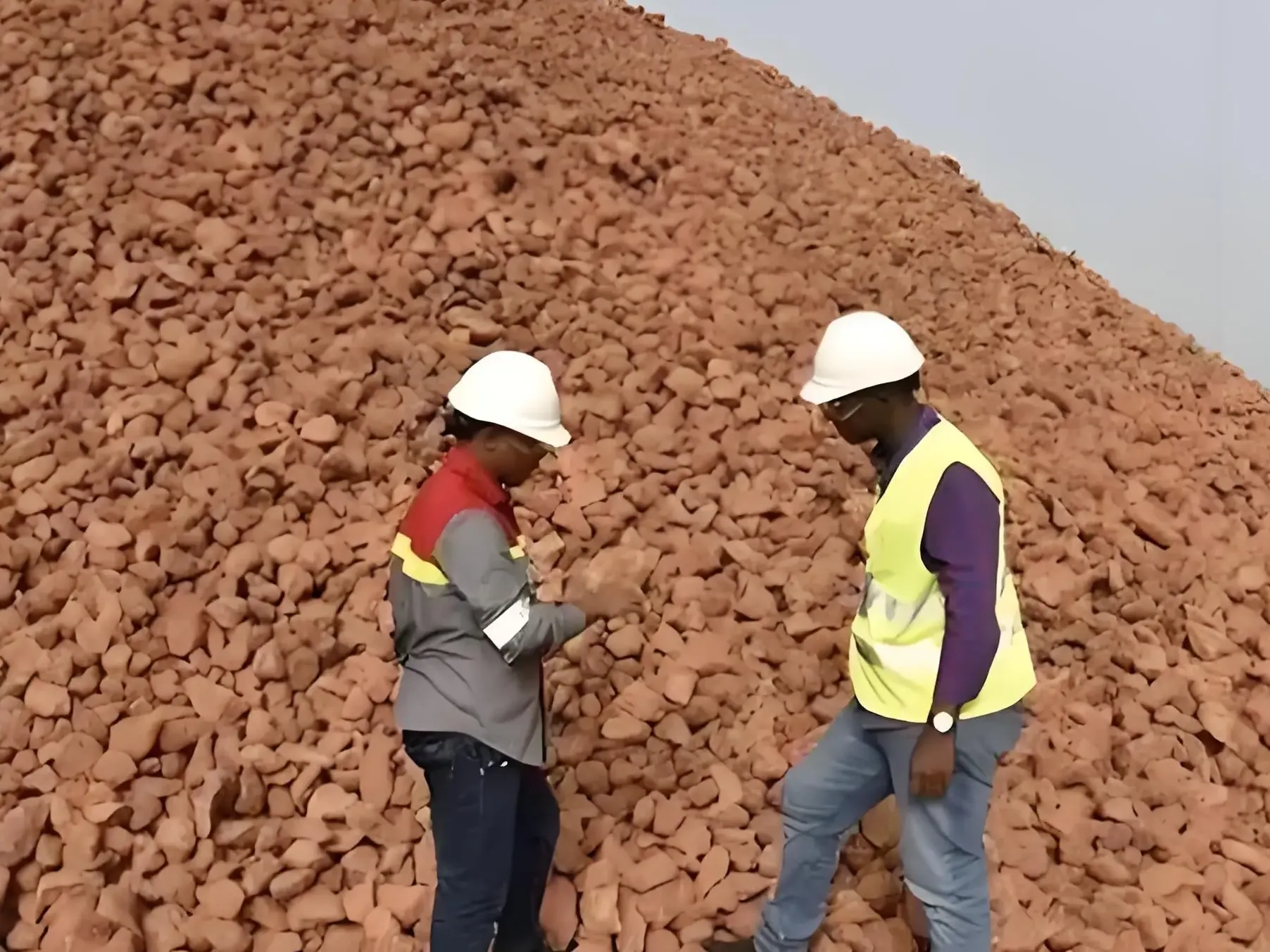
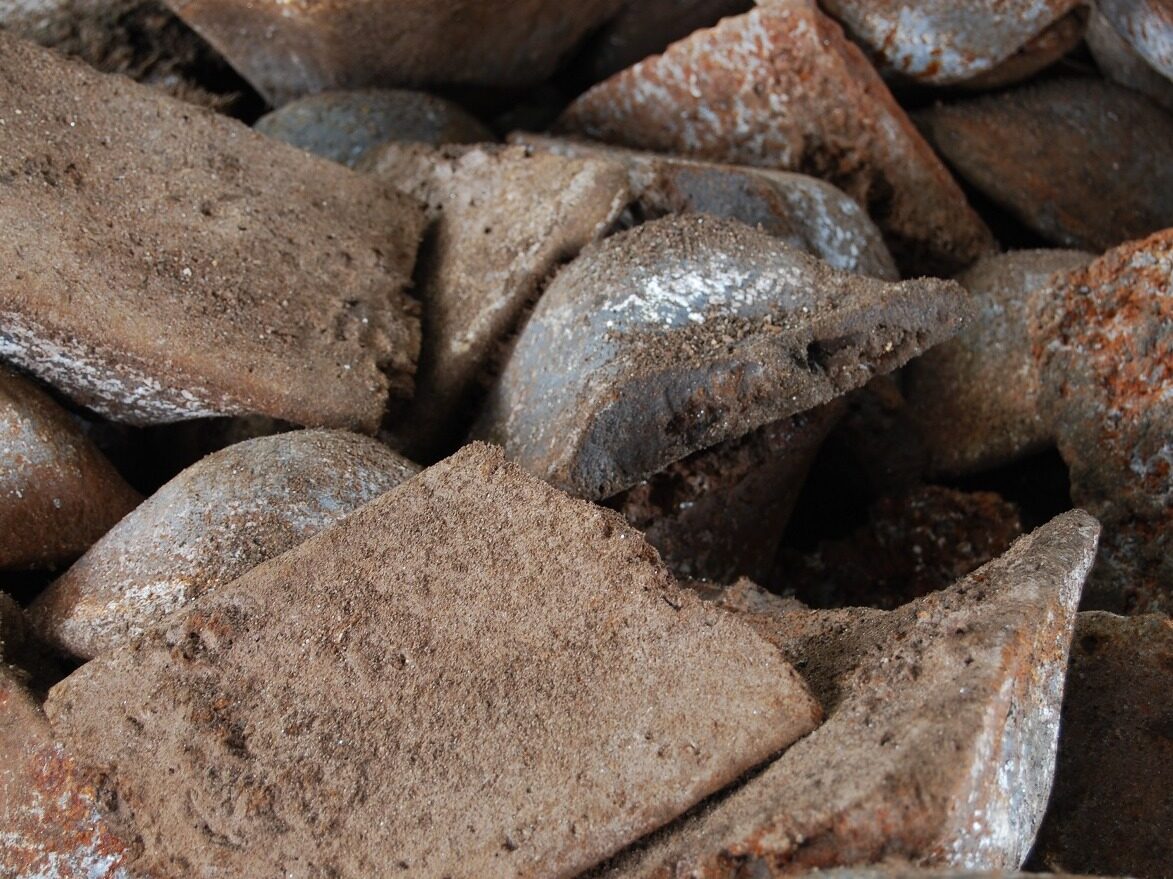






Write something~